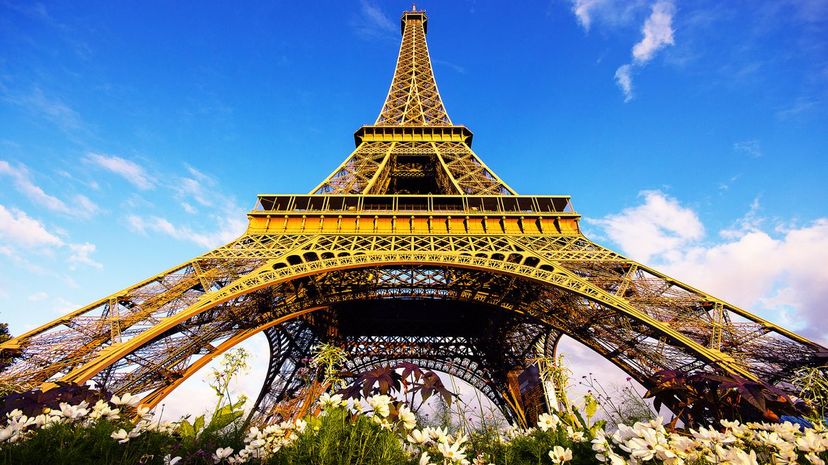
About This Quiz
Paris welcomes more than 30 million tourists a year, making it one of the most visited cities on the planet. They come here for a myriad of reasons, but for many, it is the reputation for romance, art, culture and fine food that draws them to this city in northeast France. Yet even as the majority of these foreigners fill up Parisian cafes, bite into flaky croissants and crowd in to see the Mona Lisa, a small percentage leave disillusioned by a city that falls far short of their expectations. In fact, the post-Paris vacay depression is so common that the media has given it a name ... Paris Syndrome, a condition that affects about a dozen visitors a year, according to The Atlantic.Â
Paris Syndrome occurs when folks dreaming of leisurely strolls below the Eiffel Tower are brought back to reality. Because for all its charm and culture, Paris is a big city with typical big-city problems, including relentless pickpockets and scammers who prey on tourists, eye-popping prices for food and lodging and oh yeah, those other 500 people crammed into a tiny gallery blocking your view of the Mona Lisa.Â
That being said, is Paris worth a trip? Why bien sur (that's French for of course)! Come for the sites, from revered cathedrals to some of the world's best museums; for the food, from coffee to escargots; for the fashion, the culture and a bustling cosmopolitan city that balances urban living with old-world charm.Â
Think you know everything there is to know about the history, landmarks and people of Paris? Prove it with this quiz!
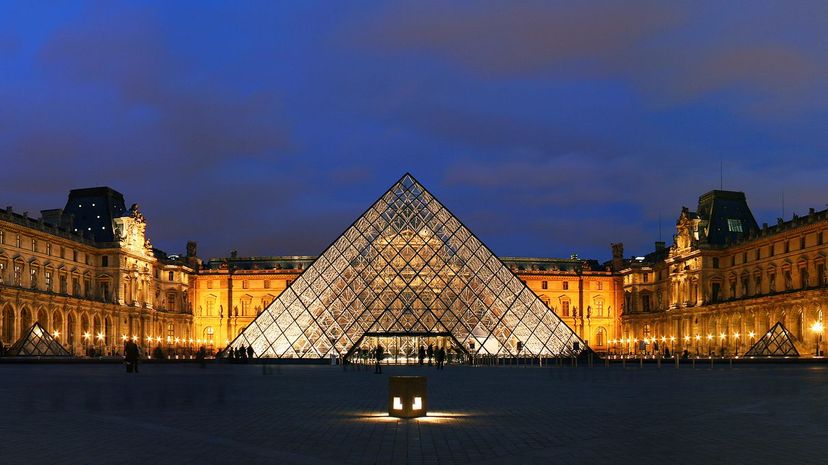
Established as a fortress in the 12th century, the building we now know as the Louvre became a royal residence in the 1500s. It opened as a museum in 1793 and now welcomes 10 million visitors a year to view some of the world's most iconic artwork.
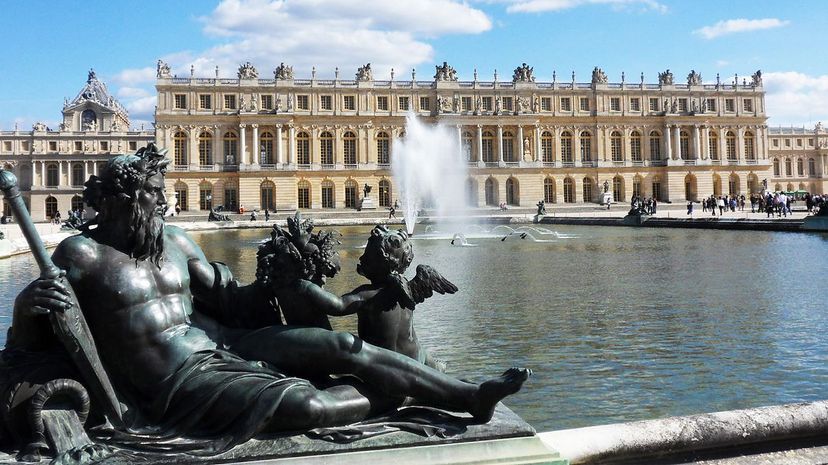
What became as a relatively humble hunting lodge was transformed in the 17th and 18th centuries into the 2,300 room Palace of Versailles. Just a short train ride from Paris, Versailles draws millions of annual visitors, who gawk at the excessive amounts of gold, marble and opulence of the site.

Like many great cities, Paris was built along a river. The Seine flows almost 500 miles through France, passing through Paris to divide the city into a northern section known as the Right Bank and a southern section called the Left Bank. More than three dozen bridges span the Seine for easy pedestrian and vehicle crossings.
Advertisement
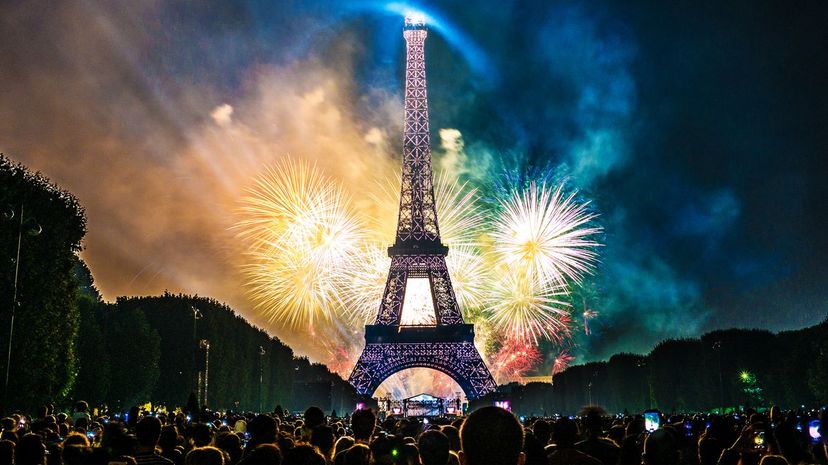
On July 14, 1789, brave rebels stormed a political prison in Paris called the Bastille. The event marked a turning point in the French Revolution, which ended royal rule and briefly transformed France into a republic. To commemorate this event, the French celebrate Bastille Day every July 14th with a huge parade that passes through the heart of Paris.

Opened in 1932, Orly was France's biggest airport until Charles de Gaulle opened in 1974. Located just 16 miles NE of Paris, Charles de Gaulle is named for the French President who served from 1959 to 1969.
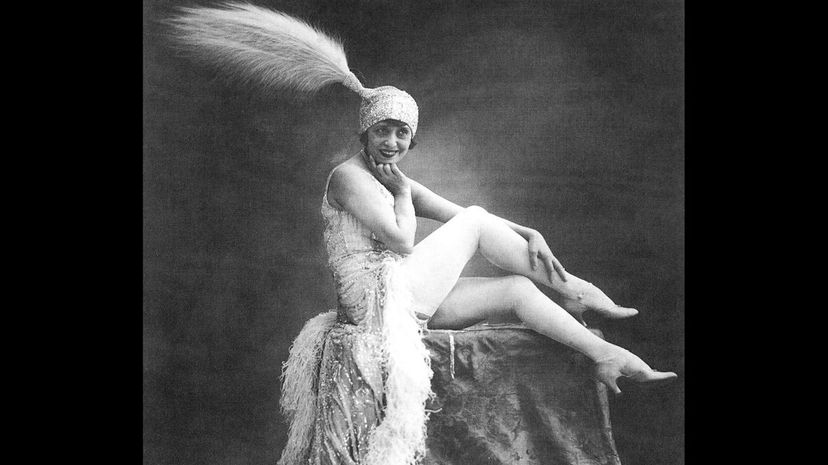
A red windmill on the roof has guided visitors to the cabaret known as the Moulin Rouge since 1889 - the same year the Eiffel Tower was completed. While it burned down in 1915, this venue was rebuilt in the '20s, its familiar windmill restored to its place of glory.
Advertisement
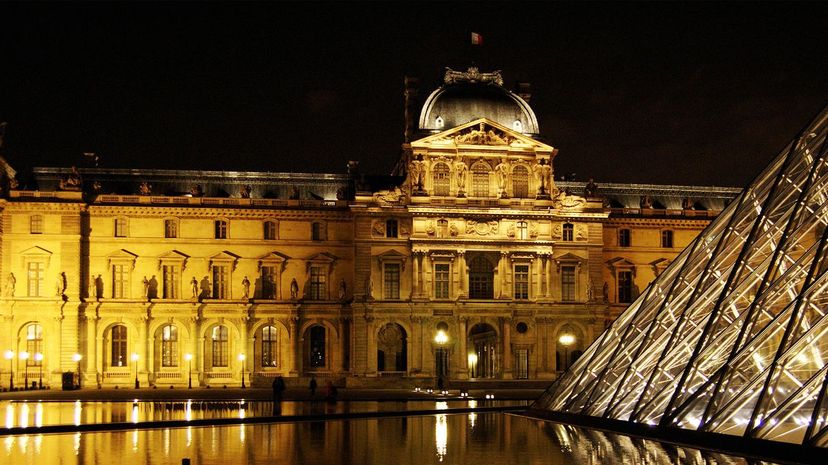
Revered architect I.M. Pei was hired to design an addition to The Louvre in the '80s. The result was a massive glass pyramid designed to serve as the building's main entrance. A second (inverted) pyramid opened in 1993, and features prominently in the book "The Da Vinci Code."
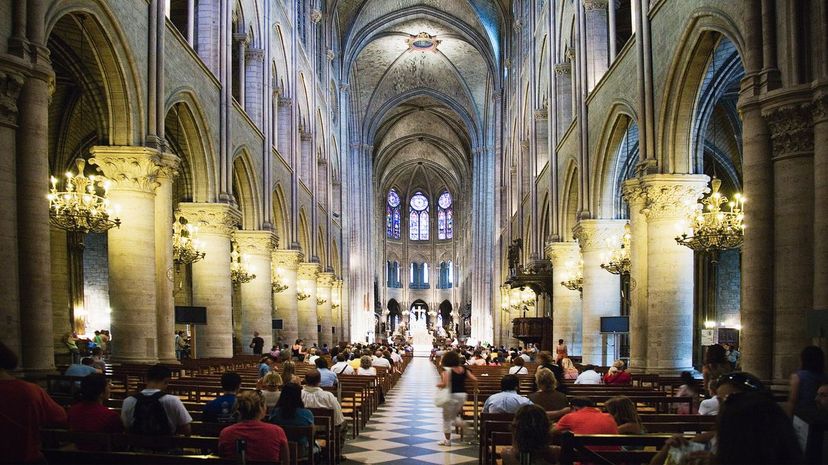
France is largely a Catholic nation, with around two-thirds of the population belonging to the Christian faith, and 83% of those Christians identifying as Roman Catholics. Another 7 to 9 percent of those who follow a religion are Muslim, while about a fourth of the population is atheist or agnostic.
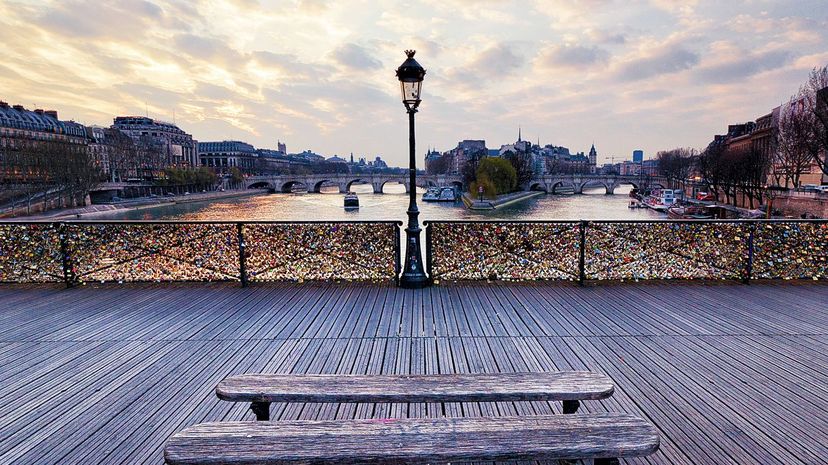
Dating back to the Napoleonic period, the Pont des Arts crosses the Seine near the Louvre. For years, tourists and locals alike would secure a lock to the bridge, then throw the key into the river as a simple of enduring love. Unfortunately, all those locks put a bunch of weight on the bridge and began to threaten its structural integrity, forcing the city to try to put an end to the tradition.
Advertisement
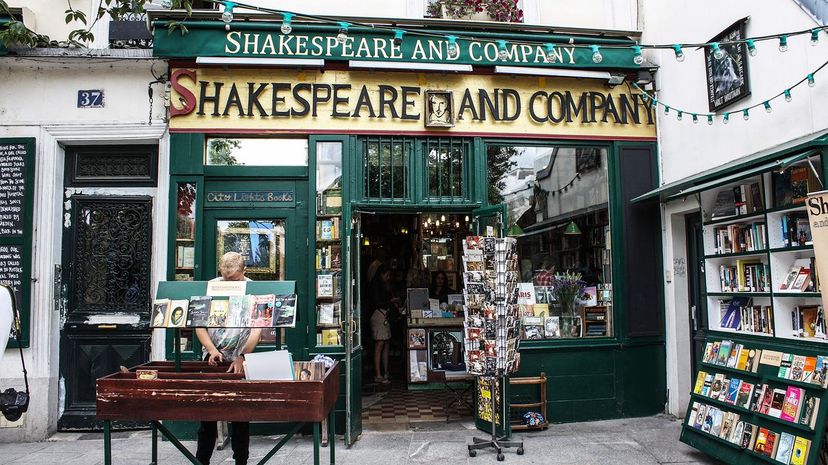
The original Shakespeare and Company opened in 1919 to sell English books to Parisians. It closed in 1941, but a new store with this name opened in the 5th arrondissement in 1951 and continues selling English books to this day.
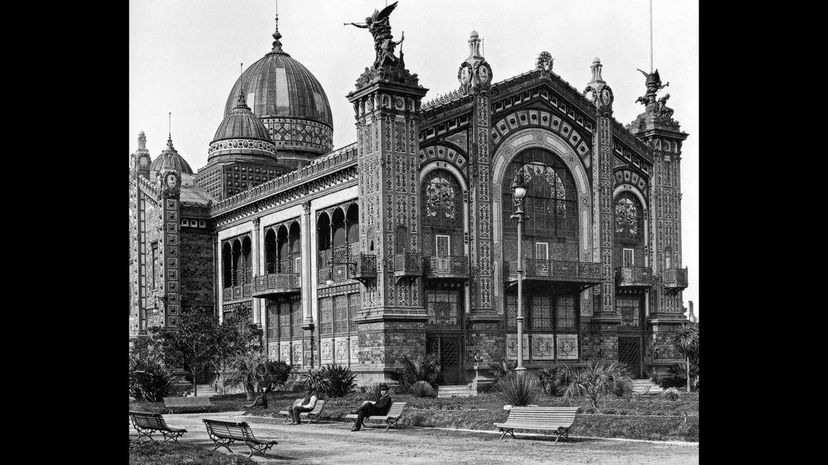
Believe it or not, the Eiffel Tower wasn't meant to be a permanent installation. Designed to welcome visitors to the 1889 World's Fair in Paris, it was so popular that it was kept as a permanent symbol of the city.
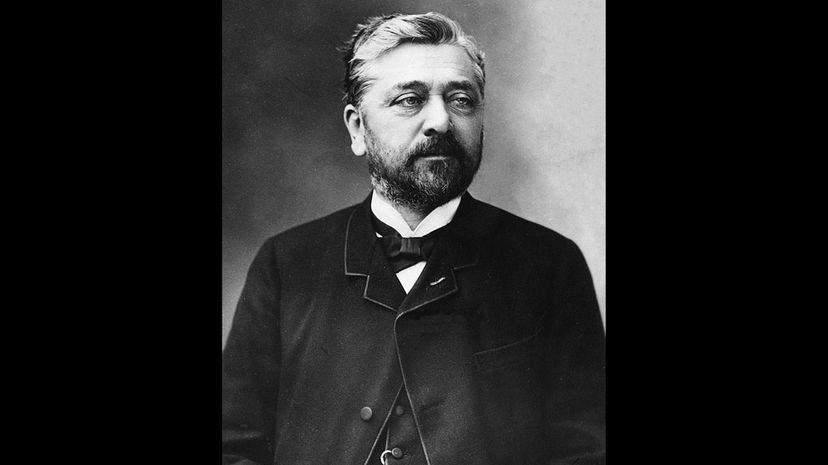
A gift from the French, the Statue of Liberty has stood guard over New York Harbor since 1886. The 151-foot-tall statue stands on a 154-foot base and is made of copper crafted in a Neoclassical style.
Advertisement
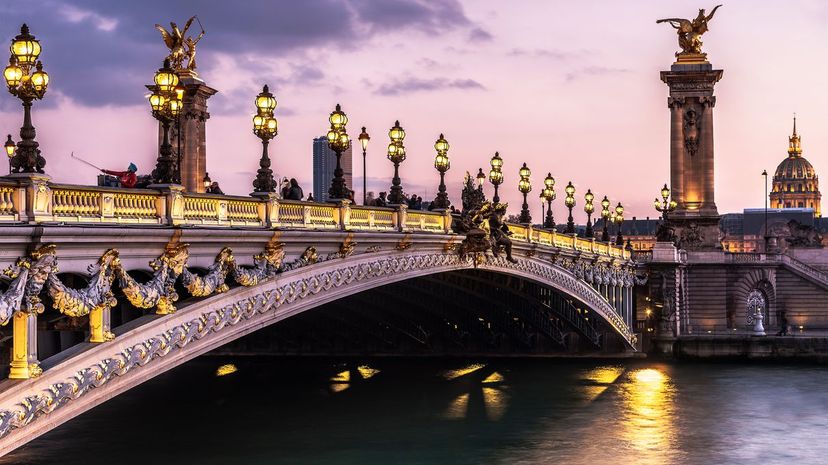
There are two reasons Paris is known as the City of Light, or Las Ville Lumiere; first, Paris played an important role during the Age of Enlightenment during the 18th century, when culture, education and politics entered bold new territories. This moniker also comes from the fact that Paris was one of the first major cities in Europe to adopt the widespread use of gas lights in the 19th century, making it much brighter on streets and in other public spaces than many other cities.

Though his "Mona Lisa" draws millions to the Louvre each year, Leonardo da Vinci never lived in Paris. The city did play home to countless other icons of the art world, however, including Picasso, Dali, Matisse, Cezanne and van Gogh.
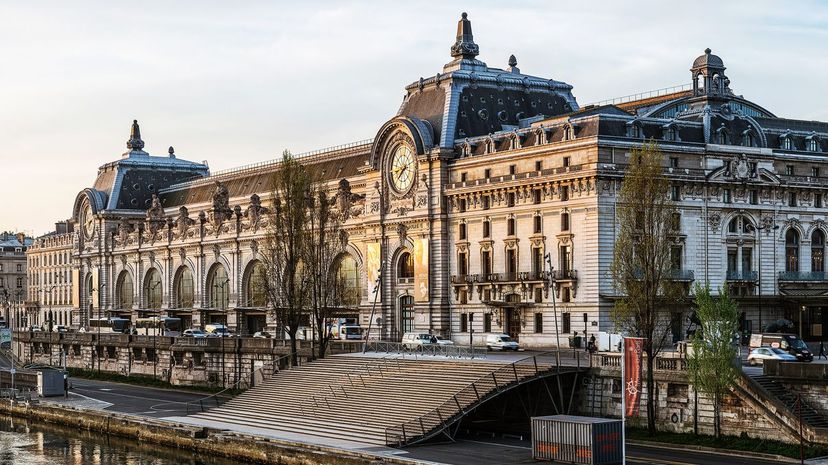
The Gare d'Orsay was a magnificent Beaux-Arts train station built to welcome visitors to the 1900 Paris Exposition. As trains grew larger over the next few decades, however, the structure could no longer serve as an effective station. In 1986, it was transformed into Musee d'Orsay, a museum focused on 19th century French art -- though the massive arched skylights are so gorgeous you may forget to check out the paintings while inside.
Advertisement

On April 15, 2019, restoration work at the beloved Notre Dame Cathedral sparked a fire that burned for almost a day. Though large portions of the structure were destroyed, much of the French Gothic cathedral still stands, including its flying buttresses and rose windows.
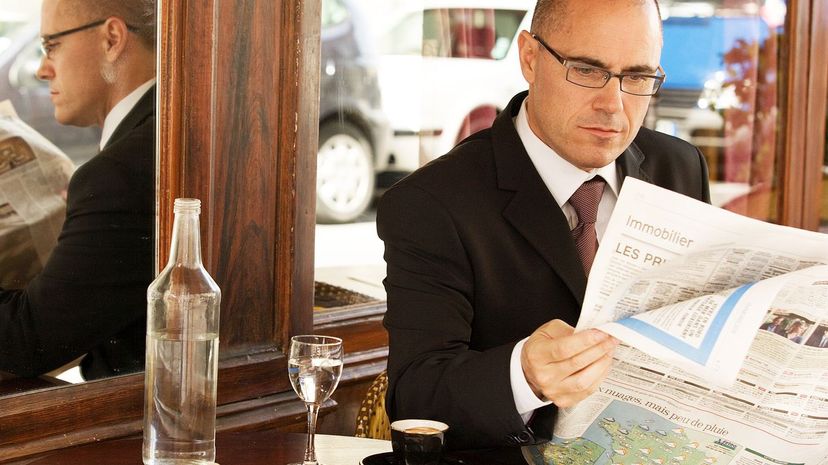
Established in the final days of WWII in December 1944, "Le Monde" is one of Paris' biggest papers, and is also one of the easiest French presses to find internationally. It has had a web presence since 1995 and maintains a circulation of 300,000 or more per day in 2019.
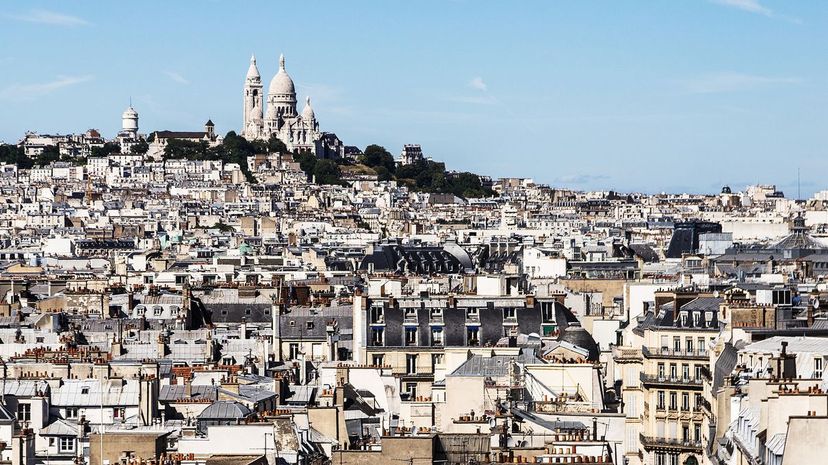
Rising 430 feet high over the 18th arrondissement, Montmarte is one of the highest points in Paris. At the top of this hill sits the Basilica of the Sacre-Coeur, a Romanesque structure completed 1914.
Advertisement
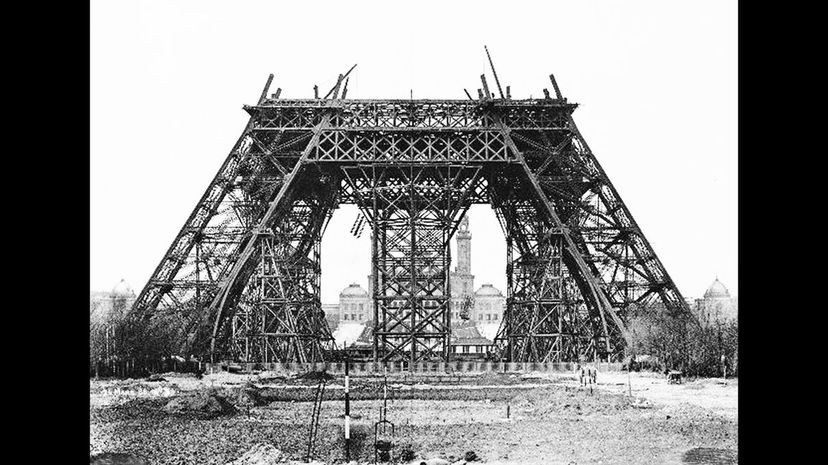
Named for engineer Gustave Eiffel, the Eiffel Tower was the tallest man-made structure in the world when it opened in 1889. Today this 1,063-foot iron tower welcomes nearly 7 million visitors each year.
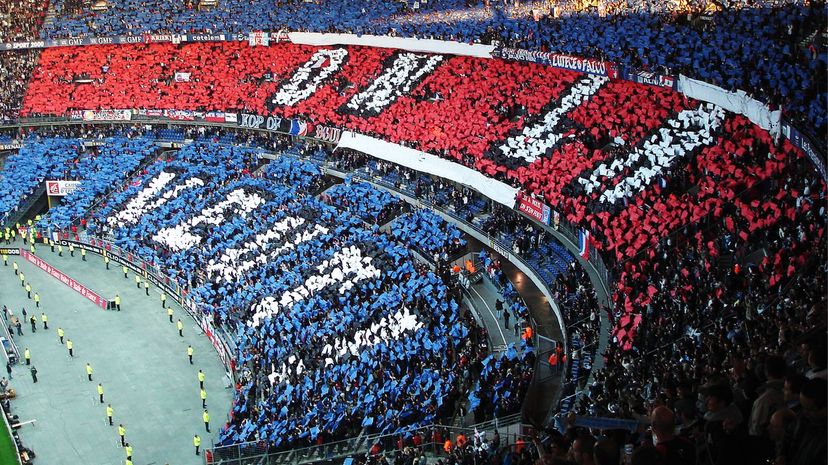
Founded in 1970, the Paris Saint-Germain Football Club is one of the most successful football - or soccer - teams in France. Their stadium in the 16th arrondissement holds almost 50,000 fans, and Germain the Lynx keeps things lively as the team's mascot.
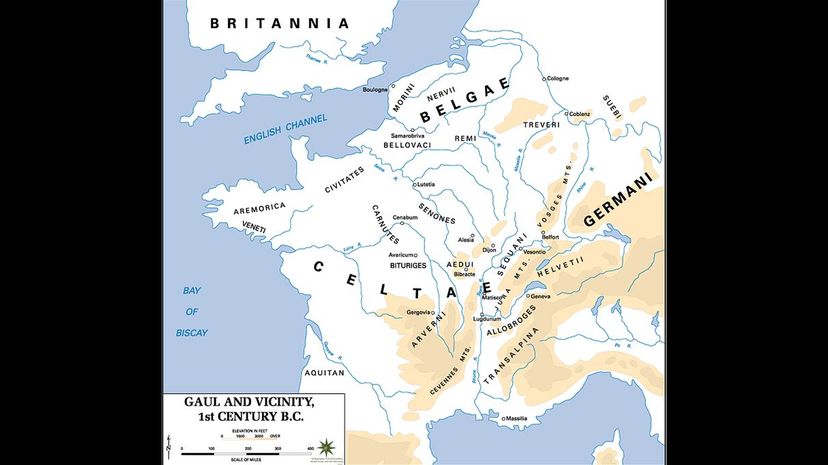
The area around modern Paris was occupied around the 3rd century BC by a group of Celts known as the Parisii. When the Romans established a city in the area in 52 BC, they named it Lutetia. This name was later changed to Parisius, which later became simply Paris.
Advertisement
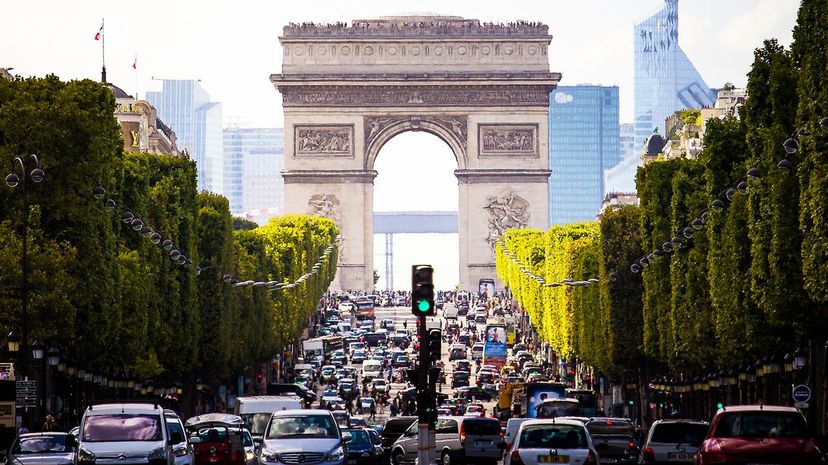
One of the most famous streets in Paris, the Champs-Elysees runs just over a mile from The Louvre to the Arc de Triomphe. This 230-foot wide road hosts a massive military parade each July and is traditionally the finish area for the Tour de France bicycle race.
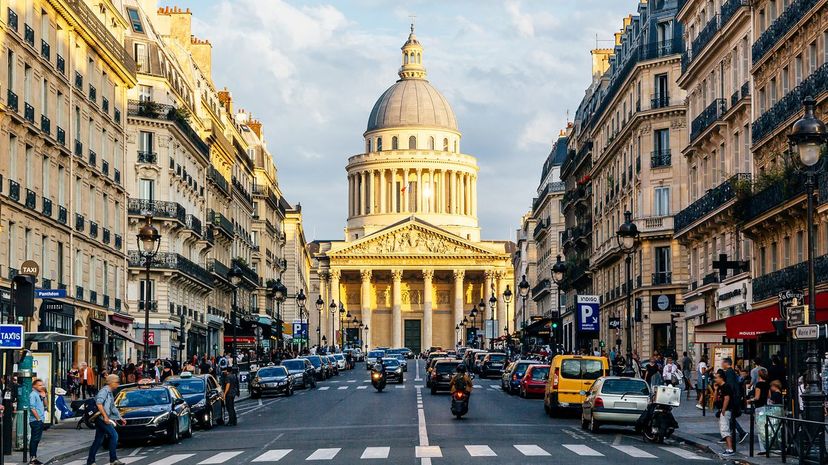
Constructed in 100 AD as a temple, the Roman Pantheon is now a church. Paris has its own Pantheon, shown here, with a facade much like its Roman predecessor. Completed in 1765 to serve as a church serving Saint Genevieve, the building is now a mausoleum.
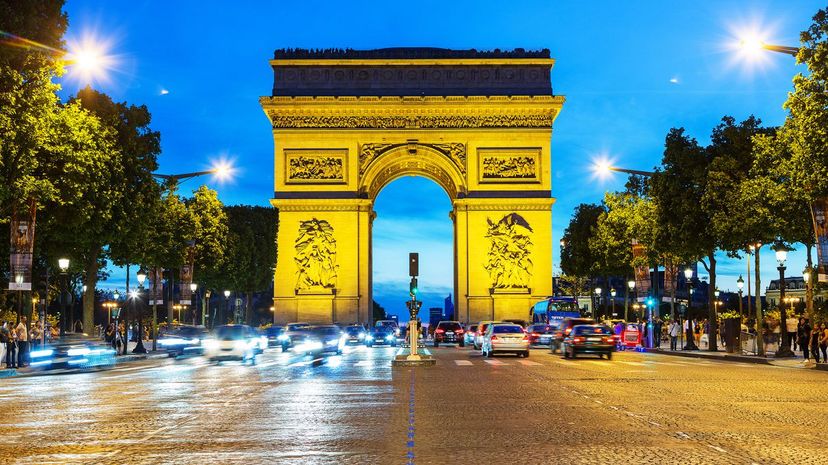
Napoleon Bonaparte led France into a series of conflicts known as the Napoleonic Wars in the early 1800s. To celebrate France emerging victorious from these wars, Bonaparte authorized the construction of the Arc de Triomphe. Completed in the 1830s, the neoclassical structure stands 164 feet high.
Advertisement
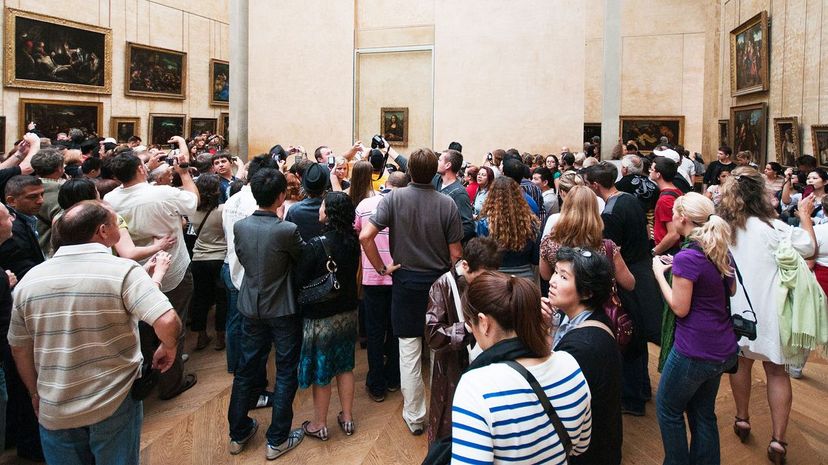
Leonardo da Vinci's Mona Lisa may be a staple of the Louvre, but his other famous painting The Last Supper hangs in his homeland of Italy. Don't worry though, because the Louvre still has plenty of pieces that rank among the most iconic works of art ever made, including The Wedding at Cana, which hangs directly across from the Mona Lisa herself.
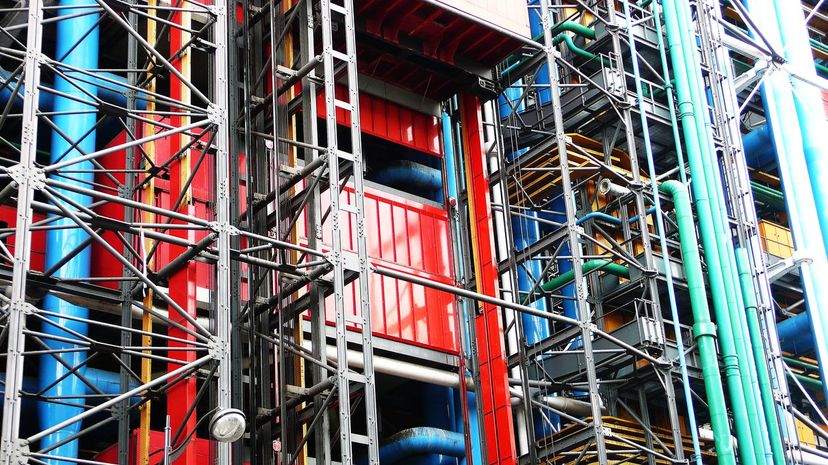
Built in the late '70s, Le Centre Pompidou houses a library and modern art museum. Named for former French President Georges Pompidou, the building might make tourists do a double-take because it's inside out. All pipes, stairs and equipment are on the outside, giving the structure a high-tech style.

Despite its larger-than-life reputation, Paris is home to only around 2.3 million people. That's not many for a major city; it's a million less than Madrid and 1.5 million less than Barcelona. New York and London have populations of 8 and 9 million, respectively.
Advertisement
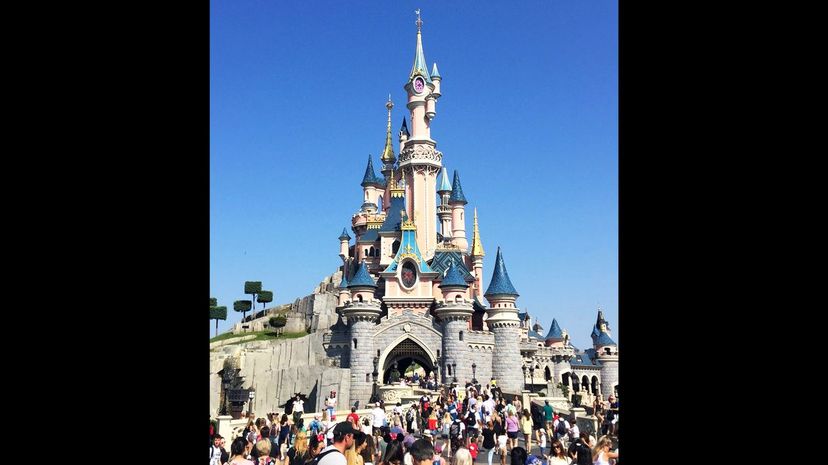
A Parisian version of Disneyland opened 20 miles east of the city on April 12, 1992. Originally known as Euro Disney, it was renamed Disneyland Paris in 2002, and now welcomes more than 15 million visitors a year.
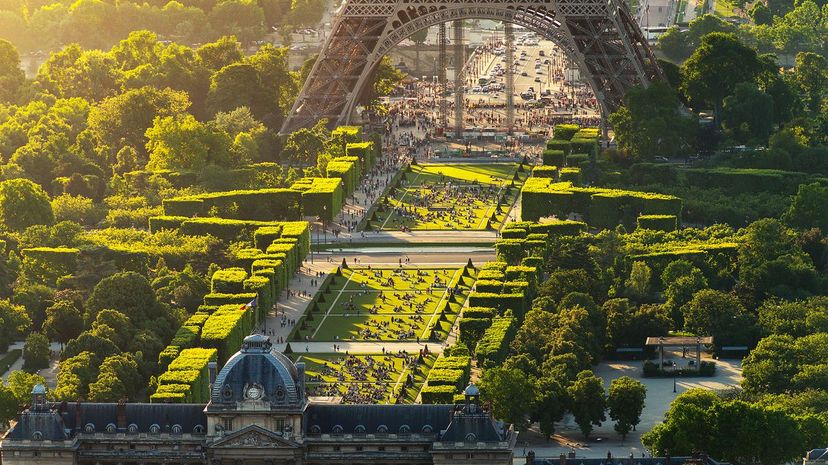
Open to the public since 1780, the 2,500-foot-long Champs de Mars is a popular green space within the 7th arrondissement. At one end sits the Eiffel Tower while the other end is framed by a major French military academy.

Thomas Jefferson lived in Paris for five years between 1784 and 1789 while serving as American Minister to France. During that time, he had his slave James Hemmings (yes, brother of Sally) record local Parisian recipes. One of these was for cooked potato slices we now know as French fries.
Advertisement

For around 9 out of 10 Parisians, French is their native language. The second most common mother tongue is Arabic, which is spoken by between 3 and 4 percent of the population. This is followed by Portuguese, Spanish, Italian and German, with English much further down the list.
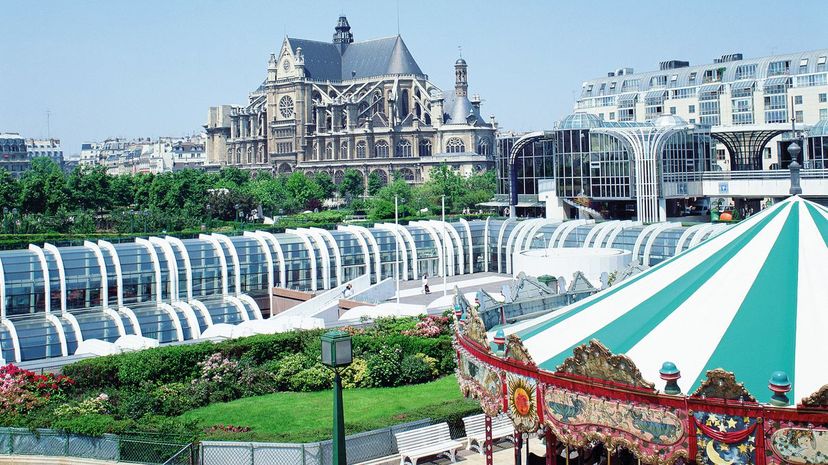
Les Halles was a major market located in Paris from the 1100s all the way through the 20th century. It was demolished in 1971 and replaced with a shopping mall known as Forum des Halles, although the area is still referred to as Les Halles.
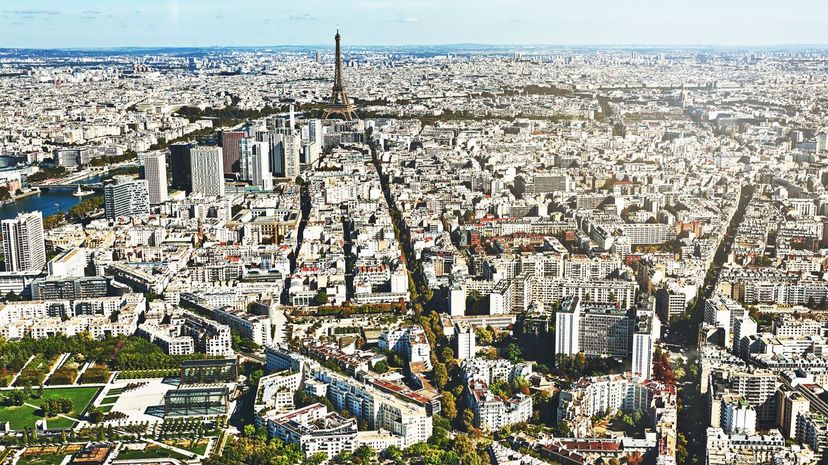
Paris is divided into 20 arrondissements, or subdivisions, though each of these may include multiple neighborhoods. At the center of Paris sits arrondissement one, which is home to The Louvre. The numbers spiral out from there in a clockwise direction so that higher numbers are located on the fringes of the city.
Advertisement
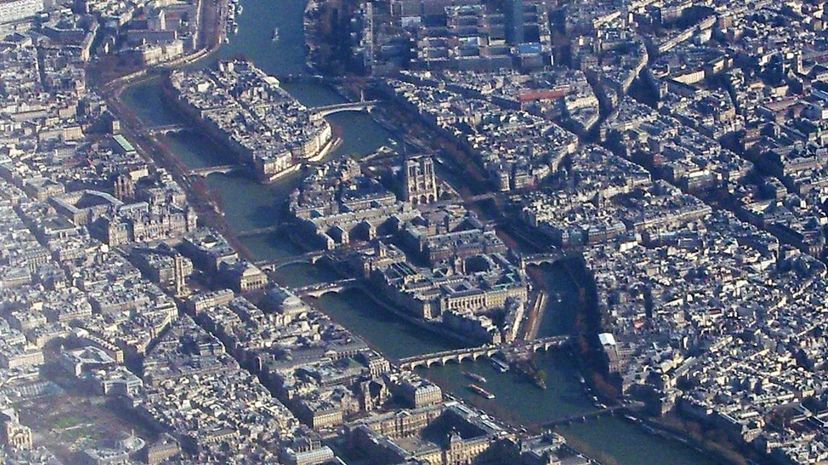
Ile de la Cite is the very heart of France. This island is home to the beloved French Gothic Notre Dame Cathedral, as well as the Palais de Justice, a government building where Marie Antoinette was sentenced to the guillotine during the French Revolution.

Located on Ile de la Cite in the center of Paris, the metro station Chatelet-Les Halles is one of the largest underground stations in the world. Opened in 1977, it is the largest of the 300-plus stations that serve Parisians.
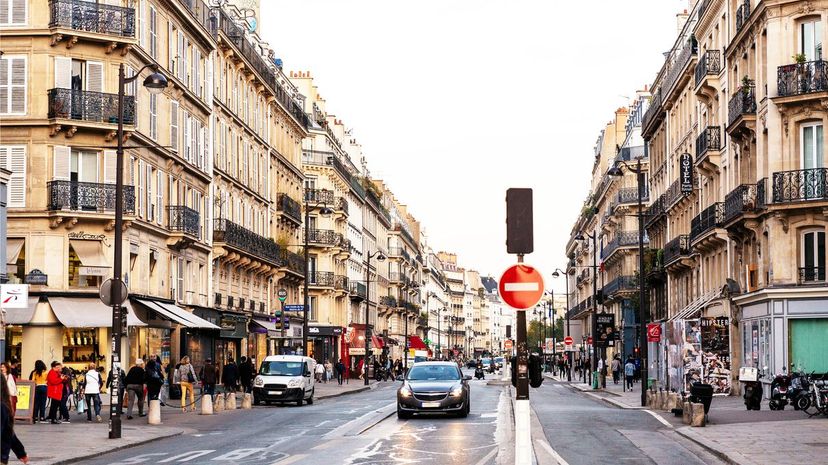
La Marais sits on the right bank of the Seine. Although it's one of Paris' older neighborhoods, it is considered very trendy today. It is also a true melting pot, hosting not only a large LGBT community and many LGBT-owned businesses, but also Paris' Jewish Quarter and its modest Chinatown.
Advertisement
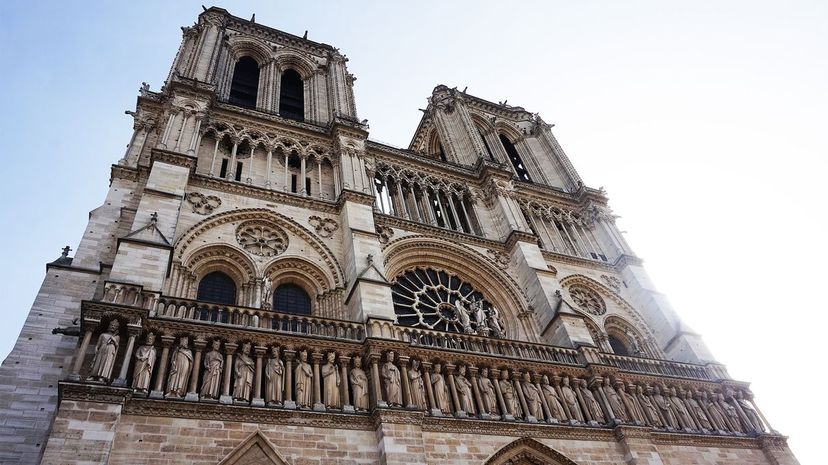
The famous Notre Dame Cathedral has ten bells. The oldest and heaviest, which was cast in 1861 and is tuned to the key of F, is named Emmanuel.
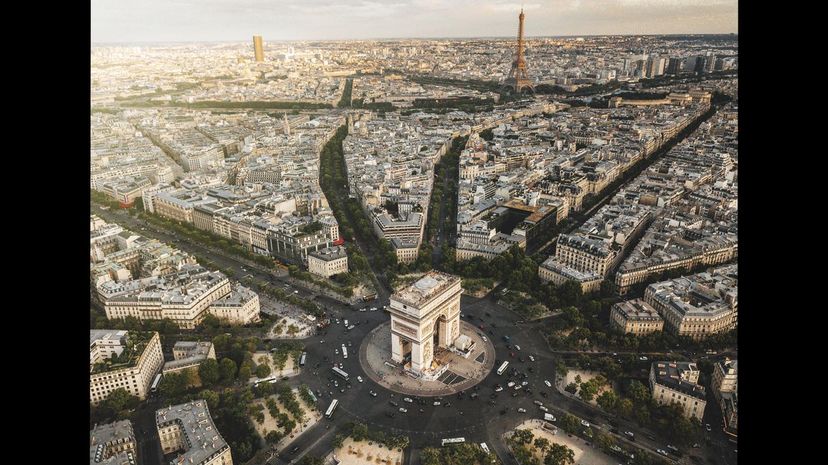
Many are surprised to find out that Paris is smaller than they expect. It would take the average adult just 2 hours or so to traverse the city from north to south - as long as you don't stop at any of the cafes or shops along the roughly 6-mile route.
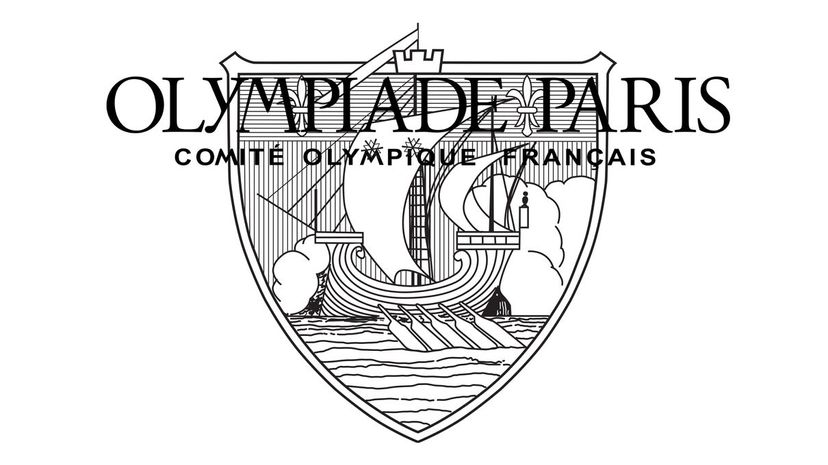
Paris hosted the Summer Olympics two times in the 1900s, once in 1900 and again in 1924. After many bids to the IOC, the city was finally selected in 2017 to host the 2024 Summer Games.
Advertisement

Taking the throne in 481 at the age of 15, the young Clovis I was the first person to unite the Franks under a single leader. He ruled until 509 as king of the land we now know as France.